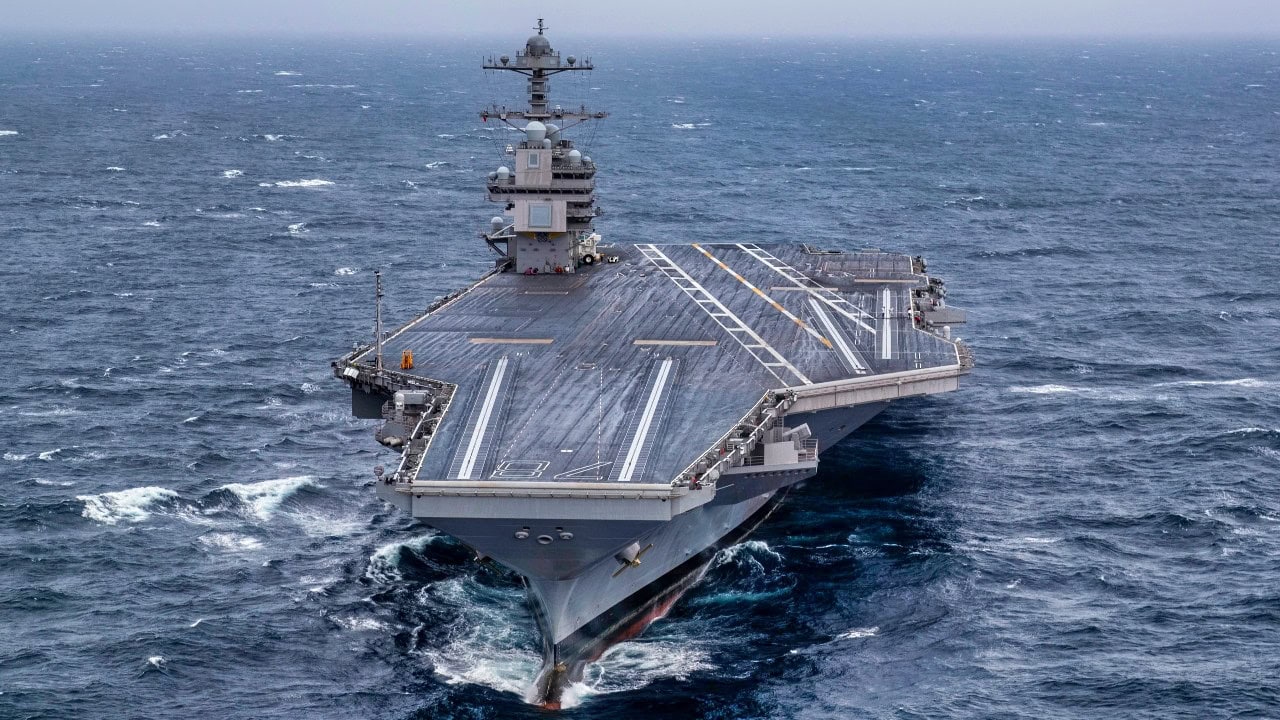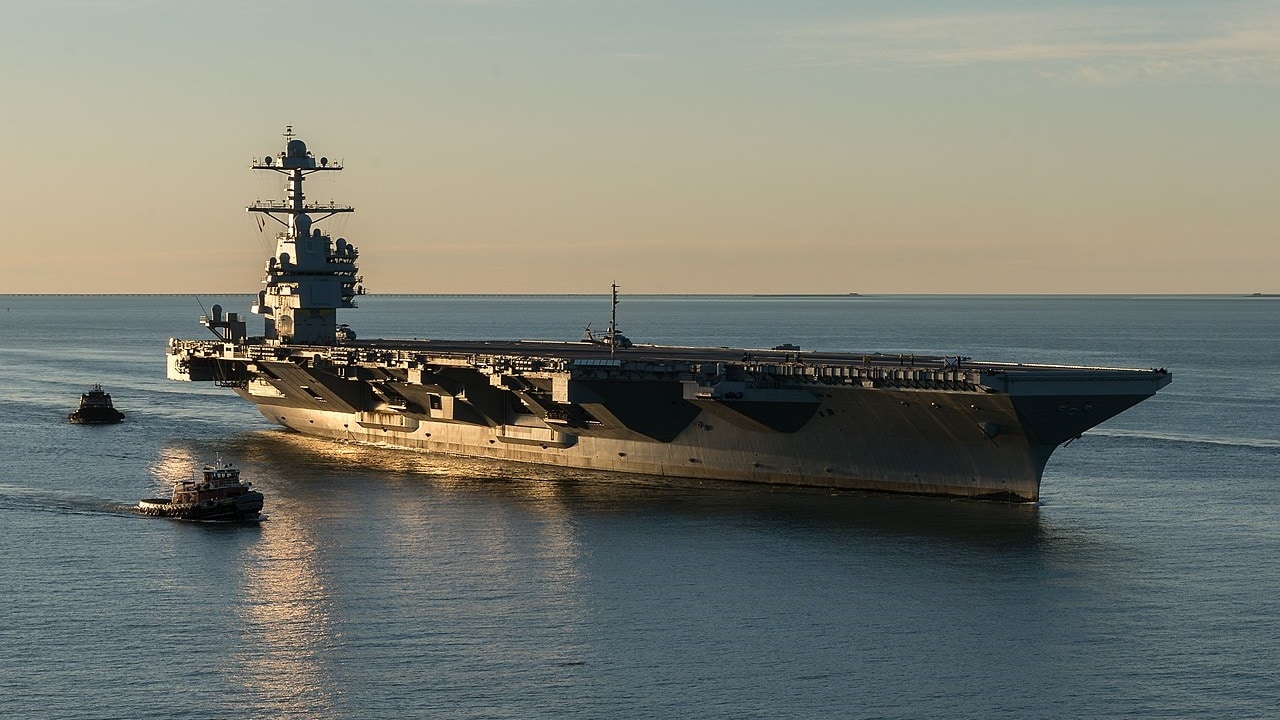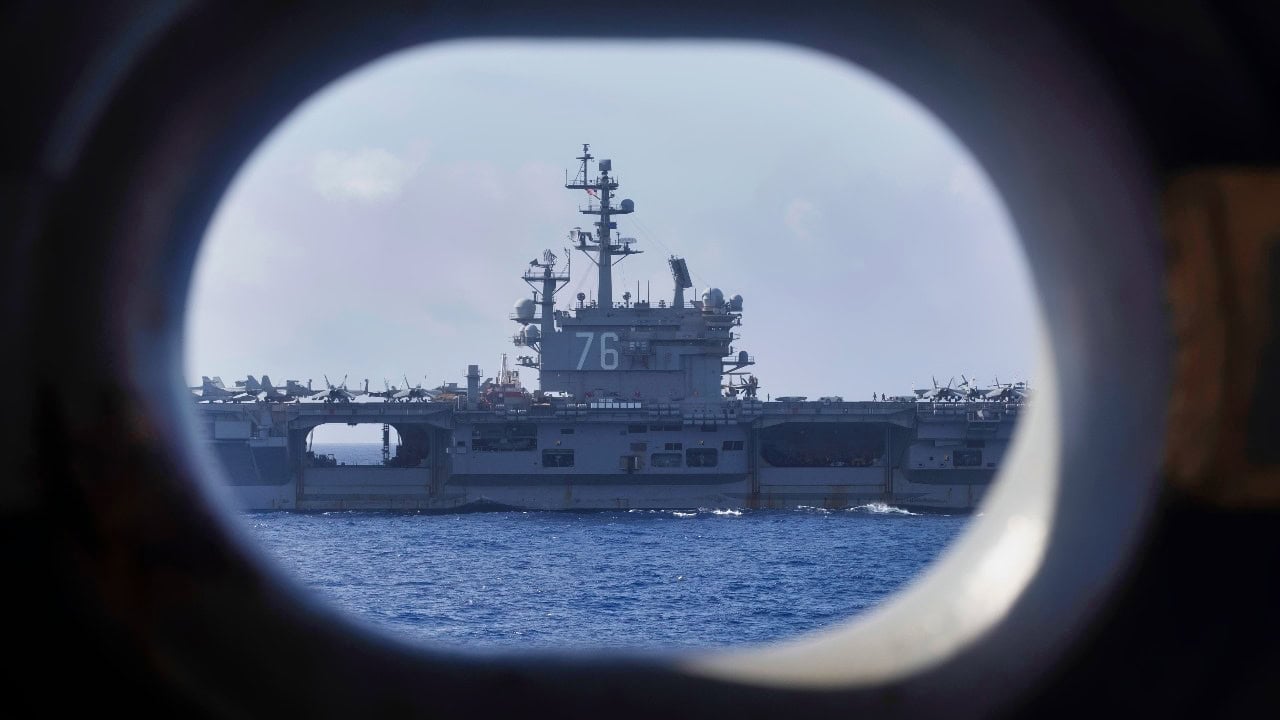Key Points and Summary: At a time when China’s naval fleet is expanding aggressively, the U.S. Navy is retiring vital warships, including the Ticonderoga-class cruisers, long before their replacements are ready.
-The shift to Arleigh Burke Flight III destroyers brings advanced technology but creates a dangerous capability gap until new ships arrive.
-The decision also raises concerns about military-industrial influence and whether cost-effective upgrades to existing ships were ignored.
-Meanwhile, the Navy’s Landing Ship Medium (LSM) program is over budget and misaligned with strategic needs. With Trump’s 355-ship Navy vision, could DOGE audits expose flawed procurement strategies and redirect funding to retain combat-ready vessels?
Why Is the U.S. Navy Shrinking While China Expands?
At a time when the incoming administration wants to position itself to challenge China’s growing strengths, namely its rapidly expanding naval fleet, it is curious that the Navy continues to decommission perfectly good warships.
The Navy has been rapidly decommissioning a variety of ships such as the failed littoral combat ship, but more troubling is the loss of needed amphibious ships and needlessly retiring the capable and vital class of cruisers.
An egregious example is the replacement of the Ticonderoga-class cruisers with the new Arleigh Burke III destroyers. Why eliminate an existing capability only for a potential future capability whilst China’s rapidly rising fleet threat poses its most potent threat just as Xi Jinping plans to unify China with Taiwan by force if necessary.
The U.S. Navy claims that upgrading the Ticonderoga class would be too expensive while many critics claim that middle aged admirals are addicted to the “new ship smell” much like their civilian counterparts buying expensive sports cars as a salve to cure mid-life crises.
I am among those in the military reform movement who suspect a darker motive, although all three may be in play.
The Arleigh Burke Flight III class destroyers will have paradigm shifting SPY 6 radar and Aegis Baseline 10 fire control systems along with increased propulsion capabilities. The new destroyer will ensure the Navy’s technological edge but at the cost of creating a gap in capability and readiness by prematurely decommissioning the Ticonderoga-class cruisers.
With the current rate of building new destroyers at only two hulls per year, clearly the gap in capability and readiness will be long term since the Ticonderoga-class ships will by gone by 2027. Who in the military-industrial complex is profiting from this egregious error in planning?

ATLANTIC OCEAN (Oct. 27, 2019) USS Gerald R. Ford (CVN 78) steams in the Atlantic Ocean for the first time since July 2018. Ford is conducting sea trials following its 15 month post-shakedown availability. (U.S. Navy photo by Mass Communication Specialist 3rd Class Connor Loessin)
It will be interesting to see how many retired admirals who took part in the decision making are now working for companies building the Arleigh Burke Flight III destroyers. A good question for the DOGE to ask as it investigates effectiveness and efficiency in naval expenditures.
Another question for DOGE will be whether or not the U.S. Navy considered strap-on black box Versions of SPY 6 and Baseline 10 systems for service life extension on the Ticonderoga-class. Was this option not feasible or was it worth creating a critical vulnerability in the Navy’s fleet to make was for the new Arleigh Burke Flight III.
If DOGE can find the savings in the defense budget it expects, it might be possible to keep the remaining Ticonderoga-class hulls while producing the technologically advanced Arleigh Burke Flight III. An important step toward the 355 ship Navy President Trump advocated for during his first term as President.
This would not be the U.S. Navy’s first miscalculation. The decision to buy the misnamed Landing Ship Medium (LSM) to support the Marine Corps’ Force Design/Expeditionary Advanced Base Operations (FD/EABO) concept at the cost of reducing the real amphibious force from thirty-eight to thirty-one hulls is proving disastrous. Cost estimates for the LSM are so far over budget that it will likely never be built.

Ford-Class Aircraft Carrier. Image Credit: Creative Commons.
The missiles that FD/EABO depend on are rapidly becoming obsolete, while the nations EABO would logistically rely upon have thus far not accepted, a key detail rarely mentioned by leaders in U.S. Indo-Pacific Command.
Scrapping the LSM would free up money to bring the amphibious fleet back to thirty-eight amphibious hulls either by reactivating retired ships or buying them back from allies.
A careful scrub by DOGE of the Navy’s shipbuilding plans and policies is necessary to align the Navy’s goals with that of President Trump, eliminating cronyism, expanding shipbuilding, and revisiting the way “things have already been done”. If war is too important to be left to the generals.
War at sea is too important to be left to the admirals.
About the Author: Gary Anderson
Gary Anderson was the Chief of Staff of the Marine Corps Warfighting Lab and is the author of Beyond Mahan: A Proposal for a U.S. Naval Strategy in the Twenty-First Century.

